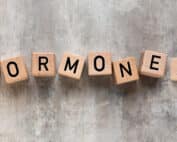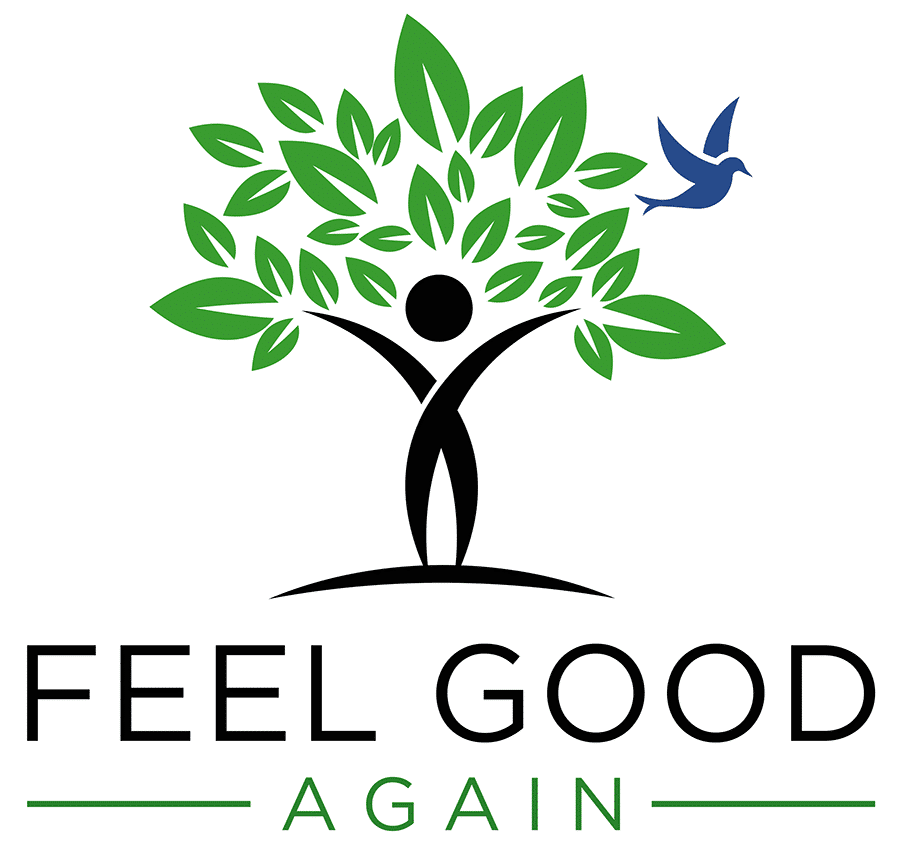Your bones support you…Are you supporting your bones?
The worldwide estimate is that, 1 in 3 women and 1 in 5 men, over age 50, will experience osteoporosis fractures in their remaining lifetimes. That’s a frightening number. If you have ever suffered a fracture and lost the use of a limb or experienced pain, it is not something to look forward to or to take lightly.
Fractures of the hip can cause severe disability, and 10-20% of people will require long term care. Even though I didn’t have a fracture and only had surgery on my right, driving foot, I can tell you that it was debilitating. I was totally dependent on people to help me. I couldn’t walk or drive and doing everyday tasks took forever and was exhausting!
Fractures are the 4th leading cause of suffering in Europe and in women over 45 years of age, and osteoporosis accounts for more days in hospital than may other diseases! 1 What a revelation.
We really need to pay more attention to this.
Yet only one-third of postmenopausal women who have risk factors4 for developing osteoporosis realize or believe they are at risk!2
Are YOU at risk?
Risk Factors for Osteoporosis3–5
- Women more likely than men
- Age over 50
- Use of steroids
- Post-menopausal
- Hysterectomy
- Early menopause
- Smoking
- Lack of exercise
- Nutritional deficiency
- Eating junk food
- Low BMI body mass index
- Caucasian
- Hyperparathyroidism
Screening
First you must know if you are at risk, then you must know if you have it so you can do something about it. Even though a survey indicated that women didn’t believe they could rebuild lost bone, that is NOT true.
Women tend to be more concerned about stroke, heart attack or breast cancer even though more women over the age of 55 are hospitalized every year in the U.S. for osteoporosis-related fractures than those other conditions. Ykes!
The gold standard for screening is a bone mineral density scan otherwise known as a DEXA scan and the rate of people getting a scan, even if they are high risk is low. 6 Get a baseline scan to determine what your bone mineral density is.
Prevention
There are many ways to prevent the heartbreak of suffering from a bone fracture, the pain and disability and loss of function or freedom.
Here is what you can do.
- Weight bearing exercise. -resistance exercise is best
- Adequate levels of Vitamin D, K2, calcium, potassium, magnesium, and other minerals7
- Adequate protein intake
- Avoid medications that cause bone loss.
- No smoking
- Hormone replacement therapy with bioidentical hormones
There are more but these are the most common.
New Perspectives on Hormone Replacement Therapy
Hormone replacement therapy was the Gold Standard for the prevention and treatment of osteoporosis until the Women’s Health Initiative study misinterpreted the risk of breast cancer. There was found to be little risk in women under the age of 60 within 10 years of menopause.
The tides have turned. The North American Menopause association now states that the benefits of hormone replacement therapy outweigh the risks. Estrogen, progesterone, and testosterone are nature’s way of building, preserving, and strengthening bones.
We have come a long way in learning how and when to administer hormone replacement.
- Oral but not transdermal estrogen is associated with an increased risk of clots and venous thrombotic embolism, whereas oral micronized progesterone (natural bioidentical) appear safe with respect to clots and venous thrombotic embolism.8
- The French E3N cohort study found that natural, bioidentical progesterone did not increase the risk of breast cancer, whereas synthetic progestins did. 9
- Estrogen given through the skin outperforms oral forms for osteoporosis prevention and has faster, results with less side effects. 10
Support your bones so they can support you. It can be devastating to suffer from a fracture, being hunched over and in chronic pain from spinal fractures, needing a hip replacement or losing the use of your hand and arm from a wrist or other fracture.
You can build bone and it is best to maintain it. If you need further assistance and a personalized plan, apply for a free, no obligation clarity call to see if we are a good fit.
- Epidemiology | International Osteoporosis Foundation. Accessed April 25, 2023. https://www.osteoporosis.foundation/health-professionals/fragility-fractures/epidemiology
- New National Survey Reveals 82 Percent of Postmenopausal Women Miss Critical Connection Between Osteoporosis and Bone Fractures. Bone Health & Osteoporosis Foundation. Published August 10, 2017. Accessed April 25, 2023. https://www.bonehealthandosteoporosis.org/news/new-national-survey-reveals-82-percent-postmenopausal-women-miss-critical-connection-osteoporosis-bone-fractures/
- Pouresmaeili F, Kamalidehghan B, Kamarehei M, Goh YM. A comprehensive overview on osteoporosis and its risk factors. Ther Clin Risk Manag. 2018;14:2029-2049. doi:10.2147/TCRM.S138000
- Bijelic R, Milicevic S, Balaban J. Risk Factors for Osteoporosis in Postmenopausal Women. Med Arch. 2017;71(1):25-28. doi:10.5455/medarh.2017.71.25-28
- van der Voort DJ, Geusens PP, Dinant GJ. Risk factors for osteoporosis related to their outcome: fractures. Osteoporos Int. 2001;12(8):630-638. doi:10.1007/s001980170062
- Alswat KA. Gender Disparities in Osteoporosis. J Clin Med Res. 2017;9(5):382-387. doi:10.14740/jocmr2970w
- Muñoz-Garach A, García-Fontana B, Muñoz-Torres M. Nutrients and Dietary Patterns Related to Osteoporosis. Nutrients. 2020;12(7):1986. doi:10.3390/nu12071986
- Canonico M, Oger E, Plu-Bureau G, et al. Hormone therapy and venous thromboembolism among postmenopausal women: impact of the route of estrogen administration and progestogens: the ESTHER study. Circulation. 2007;115(7):840-845. doi:10.1161/CIRCULATIONAHA.106.642280
- Fournier A, Berrino F, Clavel-Chapelon F. Unequal risks for breast cancer associated with different hormone replacement therapies: results from the E3N cohort study. Breast Cancer Res Treat. 2008;107(1):103-111. doi:10.1007/s10549-007-9523-x
- von Mach-Szczypiński J, Stanosz S, Kościuszkiewicz J, Safranow K. New aspects of postmenopausal osteoporosis treatment with micronized estradiol and progesterone. Ginekol Pol. 2016;87(11):739-744. doi:10.5603/GP.2016.0080





She is a recognized and award-winning holistic, functional, integrative and anti-aging healthcare practitioner, speaker and author, and has been featured in ABC News, Forbes, WOR Radio and many media outlets to spread the word that you can live younger and healthier at any age.